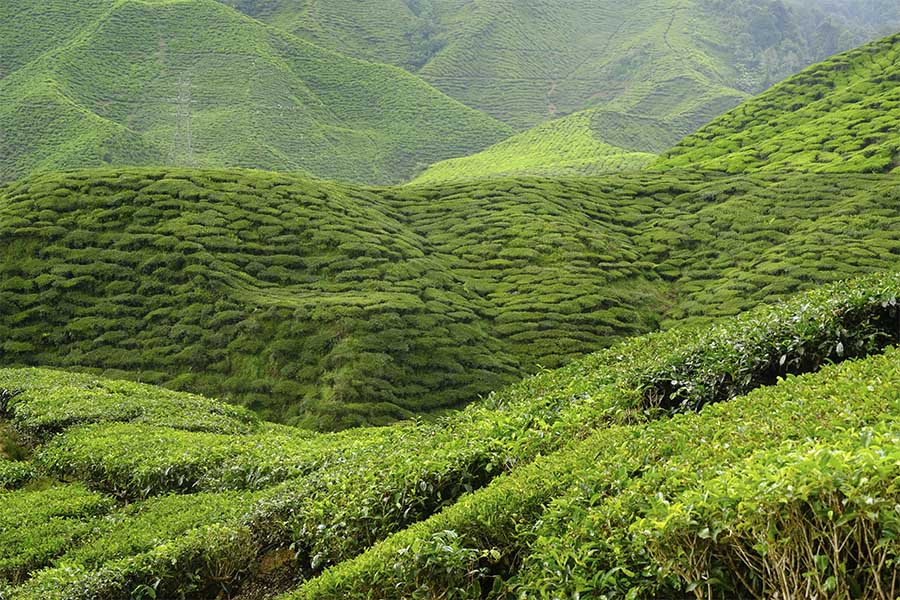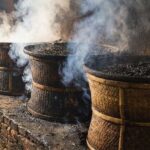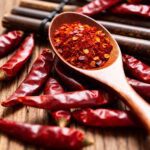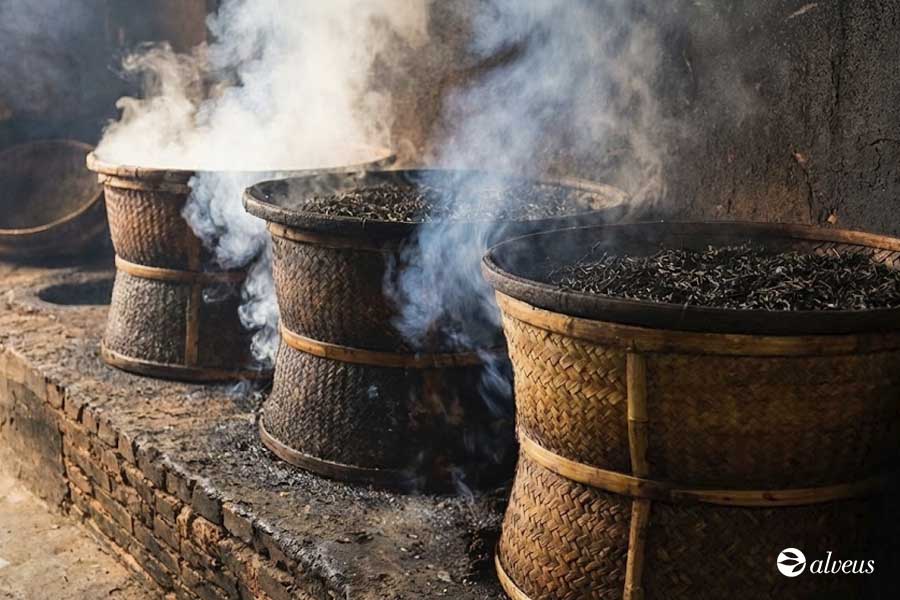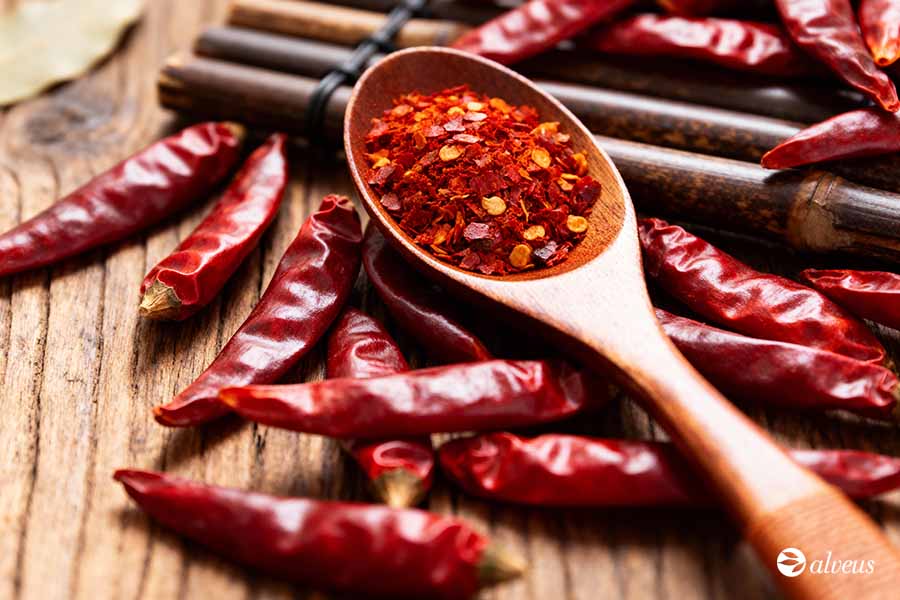Tea has been an integral part of Asian culture for centuries, and Malaysia, though less renowned than other tea-producing regions, is no exception.
While not a global leader in production, Malaysian tea is carving a niche in the international market, thanks to its unique qualities, cultivation conditions, and production techniques in regions like the Cameron Highlands.
Furthermore, the growing popularity of Teh Tarik—a drink now synonymous with Malaysian identity—is boosting recognition of Malaysian tea on the global stage.
In this post, we’ll explore why Malaysian tea could be an innovative choice for tea professionals and businesses seeking to diversify their offerings and attract customers who value unique, distinctive products.
The History and Evolution of Tea in Malaysia
The story of Malaysian tea began in the 1920s when British entrepreneur J.A. Russell established the first tea plantation in the Cameron Highlands. The region’s cool climate and hilly terrain provided the perfect environment for tea cultivation.
Over the years, production methods have modernised, but the essence of tea cultivation has remained unchanged. While Malaysia’s production volumes are modest compared to giants like China or India, its tea is distinctive, shaped by the unique geographical traits of its growing regions.
Malaysia’s Tea-Producing Regions
The Cameron Highlands, located in Pahang state at over 1,500 meters above sea level, is the heart of Malaysia’s tea production.
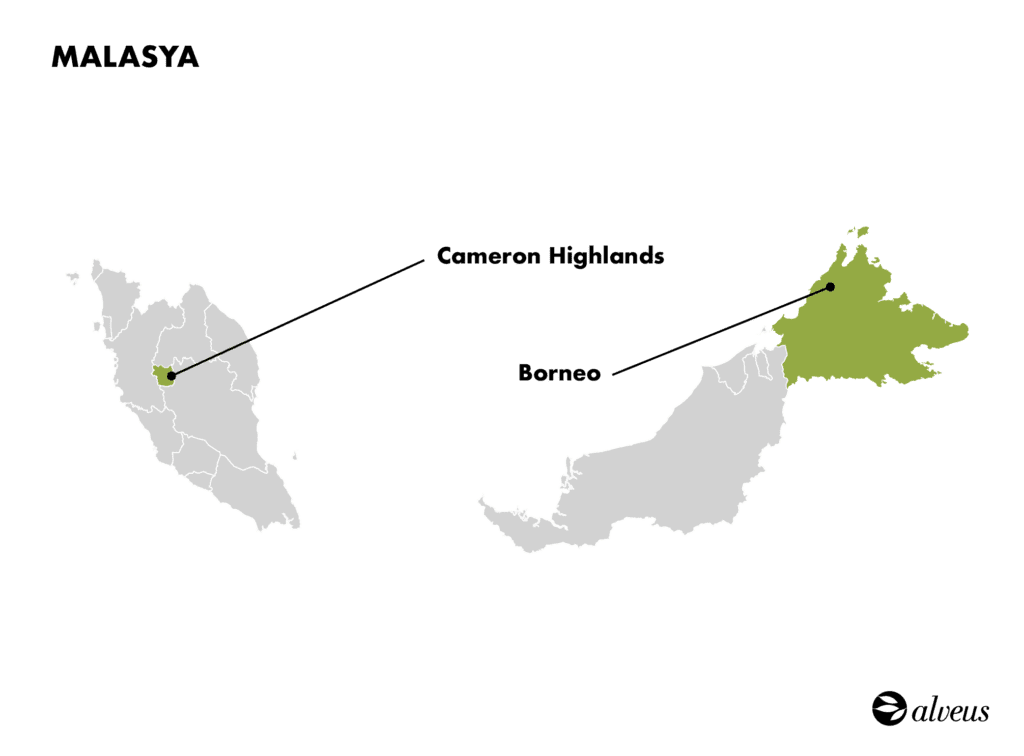
The region, reminiscent of the lush tea gardens of southern India, benefits from cool weather, consistent rainfall, and acidic soils. Tea bushes here can live up to 100 years, with harvesting possible nearly year-round thanks to stable climatic conditions, though the main harvest occurs in April.
Another notable tea-producing region is Sabah, on the island of Borneo. Here, tea is grown organically at lower altitudes, around 700 meters above sea level.
Despite its smaller production volume, Sabah has gained recognition for sustainable practices and niche products that attract locals and tourists alike.
Malaysia’s Most Popular Teas
While Malaysia does not produce a wide variety of teas compared to other countries, the teas it does offer are distinguished by their unique qualities.
The distinctive climate of Cameron Highlands and the emphasis on organic farming techniques in Borneo enable Malaysia to provide differentiated products that are gaining ground in the global market.
Malaysia’s most notable teas include orthodox black tea, valued for its tradition and versatility, and Borneo organic tea, renowned for its sustainable focus and smoother flavour profile.
Orthodox Black Tea
Orthodox black tea is the most widely produced and consumed tea in Malaysia. Mainly grown in the Cameron Highlands, this tea reflects both local tradition and the historical influence of colonial-era production techniques introduced by the British.
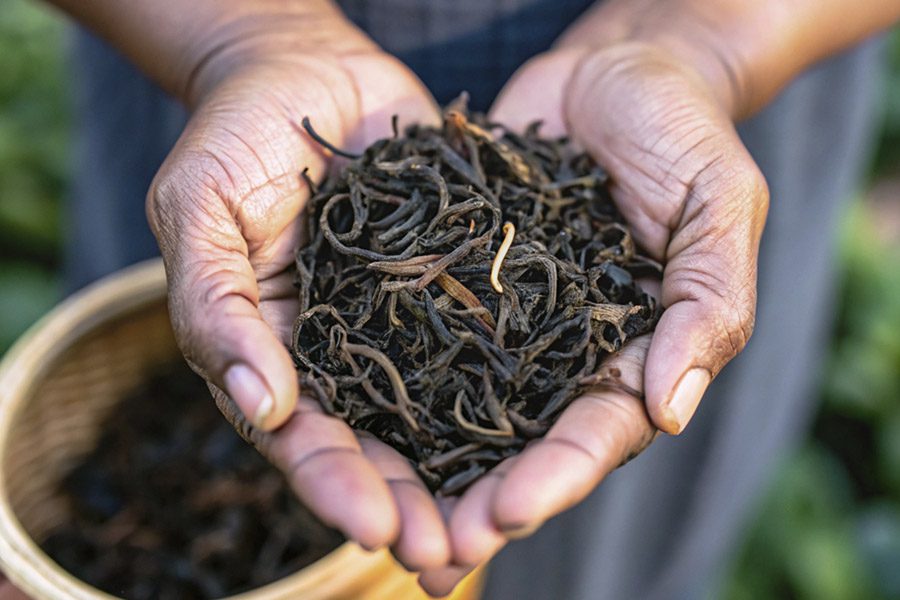
The orthodox black tea production method, characterised by manual techniques and specialised machines to roll the leaves, ensures the tea retains its structure and the complexity of flavours that define its unique character.
In terms of sensory profile, Malaysian orthodox black tea is known for its lightness and smoothness, offering a balance between body and freshness.
Its floral notes and mild astringency make it ideal for consumers seeking a softer black tea experience or a versatile infusion that pairs well with milk or sugar.
Another factor adding value to Malaysian black tea from Cameron Highlands is its harvesting and production process. While most harvesting is mechanised due to high labour costs, a strong emphasis is placed on the quality of the leaves picked. This ensures that the final product meets high standards in both flavour and appearance.
Organic Tea from Borneo
On the other hand, Borneo organic tea is a more exclusive, niche product that reflects the growing global interest in sustainable and eco-friendly goods.
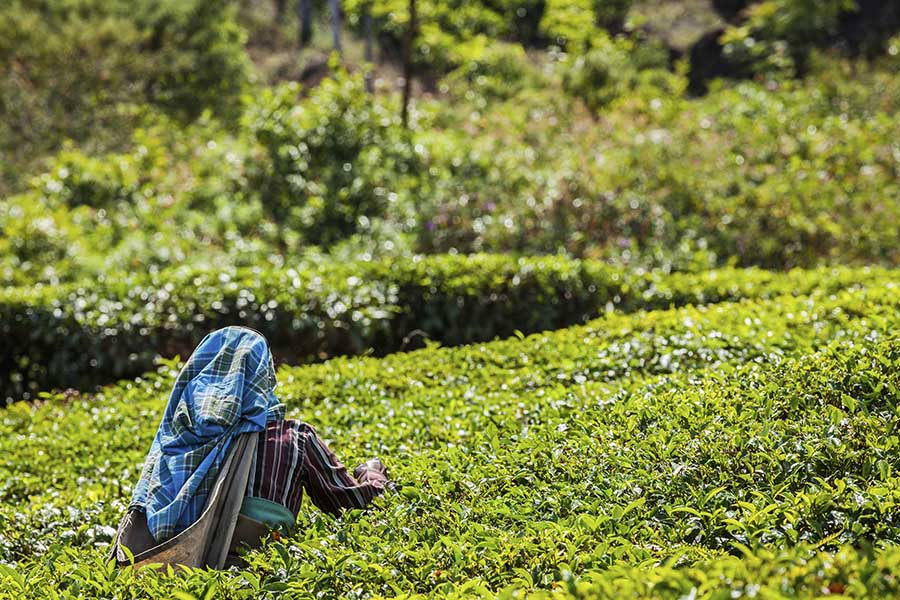
Primarily cultivated on the island of Borneo, this tea is grown at lower altitudes, which imparts a milder and less robust or astringent flavour profile when compared to tea from Cameron Highlands.
Its notes are subtle, and often described as herbal or vegetal, making it an excellent choice for those who prefer lighter, more refined infusions.
The organic approach in Borneo plantations emphasises sustainable farming methods, avoiding the use of pesticides and synthetic fertilisers. This not only helps preserve the local ecosystem but also results in a tea that is more natural and pure.
These practices, combined with the smaller production scale, position Borneo tea as a high-quality option valued by consumers seeking environmentally friendly products.
Teh Tarik and Malaysia’s Tea Traditions
What sets Malaysian tea apart from other cultures is its fusion of local and colonial influences. While tea in most Asian countries is consumed plain, in Malaysia, it’s common to mix it with condensed milk or sugar, resulting in drinks like Teh O Ais (iced black tea with sugar) and Teh Tarik.
adipiscing elit. Ut elit tellus, luctus nec ullamcorper mattis, pulvinar dapibus leo.
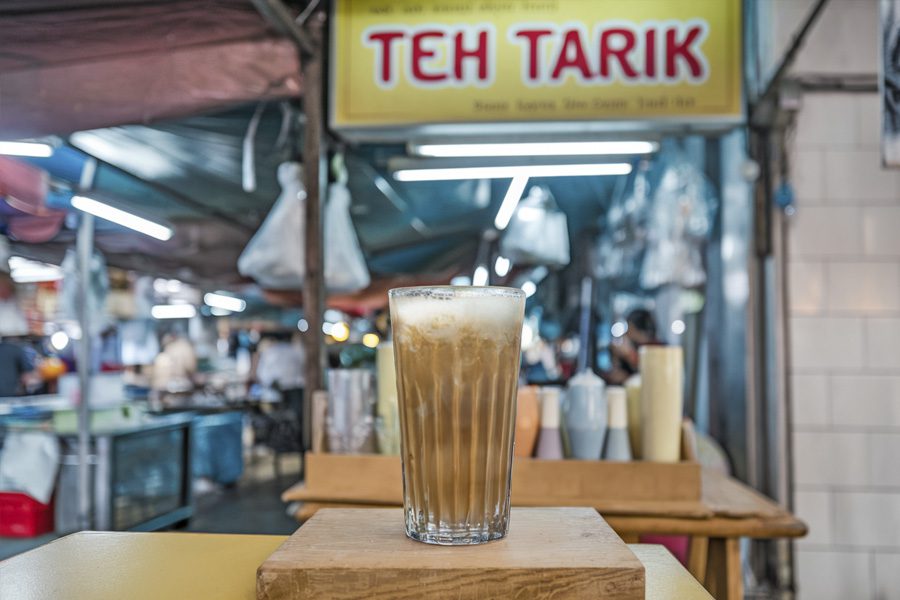
The tea culture in Malaysia has also been shaped by Indian influence, which introduced the consumption of masala tea, a spiced tea that has been simplified in Malaysia into Teh Tarik.
The Iconic Teh Tarik
Teh Tarik, which means “pulled tea”, is by far the most famous tea in the region and has become almost synonymous with Malaysian culture.
This technique enhances the tea’s presentation and cools it to the ideal drinking temperature, making it an appealing beverage for both locals and tourists.
Teh Tarik is the perfect companion for breakfast or any time of day, often served with roti canai (a type of Malaysian flatbread) in the popular 24-hour mamak restaurants.
Competitions, where experts showcase their skills by pouring tea from increasingly impressive heights, are a testament to how this drink has transcended its status as a mere beverage to become a vital part of Malaysia’s cultural heritage.
For businesses specialising in tea, in addition to Malaysian teas, we recommend strong varieties like Assam and Ceylon as ideal bases for Teh Tarik. These varieties, known for their robust flavour and body, enhance the richness of Teh Tarik and are available in our B2B online store.
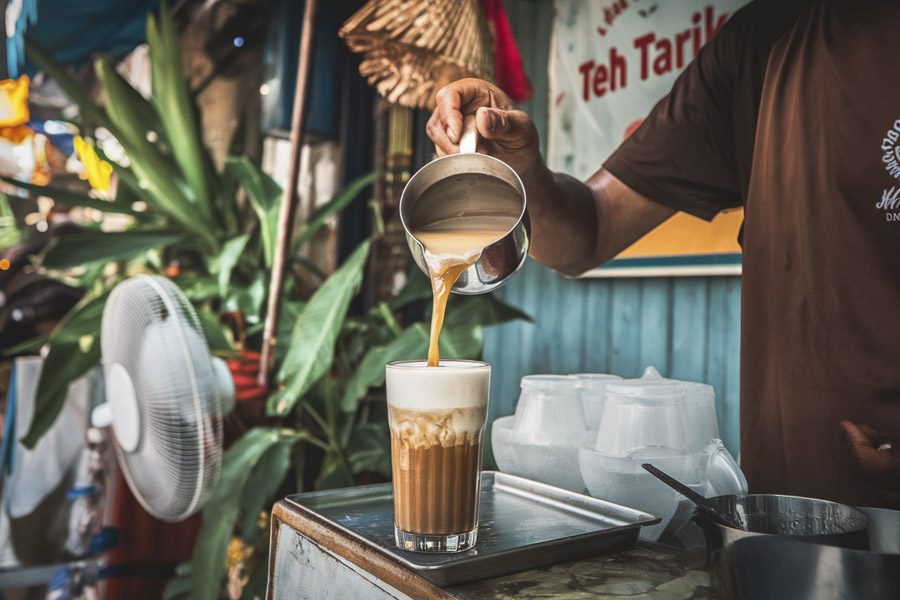
Conclusion
Malaysian tea, though less globally renowned, offers a unique opportunity for tea businesses seeking to diversify their offerings. From the scenic plantations of Cameron Highlands to the iconic Teh Tarik, Malaysia produces teas celebrated for their uniqueness, quality, and flavour.
Additionally, Borneo organic tea is an excellent option for those prioritising sustainable products. Its eco-friendly production aligns with the growing global demand for environmentally conscious choices.
Exploring Malaysian tea is a chance to innovate, attract new customers, and present a differentiated offering that combines history, sustainability, and the charm of a tea-loving culture.


